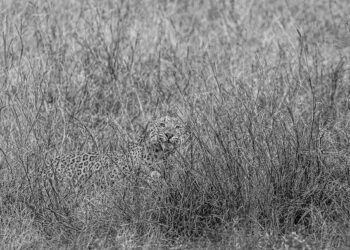A mysterious alignment of stellar “ghosts” from dead stars haunts the heart of the Milky Way, and scientists may finally know why.
These cosmic specters exist in the form of planetary nebulas, clouds of gas that are expelled by dying stars at the end of their lives. These can resemble butterflies or hourglasses with the smoldering remains of the star at their heart. The sun, when it runs out of fuel for nuclear fusion at its core and after it has swelled out as a red giant and swallowed the inner planets in around 5 billion years, will leave similar gaseous remains around a white dwarf star.
Astronomers know a great deal about planetary nebulas, but an arrangement of such clouds in the galactic bulge at the center of our Milky Way galaxy has still been a puzzle since its discovery 10 years ago by Manchester Ph.D. student Bryan Rees. Now, this mystery has been exorcised thanks to a team of astronomers using images previously produced by the Hubble Space Telescope.
Related: The Milky Way galaxy may be a different shape than we thought
“Planetary nebulas offer us a window into the heart of our galaxy and this insight deepens our understanding of the dynamics and evolution of the Milky Way’s bulge region,” University of Manchester astrophysicist Albert Zijlstra said in a statement.
Studying 136 planetary nebulas in the thickest part of the Milky Way, the galactic bulge, with the Very Large Telescope (VLT), the team discovered that each is unrelated and comes from different stars, which died at different times and spent their lives in different locations.
The researchers also found that the shapes of these planetary nebulas line up in the sky in the same way. Not only this, but they are also aligned almost parallel to the plane of the Milky Way.
These findings were also reflected in the work of Rees, which featured 40 planetary nebulas, which the team re-examined using Hubble images.

Planetary nebula NGC 6881 was seen by the Hubble Space Telescope in an image released March 12, 2012. (Image credit: ESA/Hubble & NASA)
But what wasn’t known until now was the fact that this alignment is only present in the planetary nebulas that have a close stellar companion. In these cases, the companion stars orbit the stellar remnant at the heart of the planetary nebulas at a distance closer than our solar system’s innermost planet Mercury is to the sun.
The alignment is absent in planetary nebulas that lack such a companion star, and this implies that the alignment could be created as a result of the rapid orbital motion of the companion star, which may even end up orbiting inside the remains of the main star. The observed alignment of the planetary nebulas may also reveal that close binary systems form with their orbits inclined in the same plane.
“The formation of stars in the bulge of our galaxy is a complex process that involves various factors such as gravity, turbulence, and magnetic fields. Until now, we have had a lack of evidence for which of these mechanisms could be causing this process to happen and generating this alignment,” Zijlstra concluded. “The significance in this research lies in the fact that we now know that the alignment is observed in this very specific subset of planetary nebulas.”
The team’s research is published in the Astrophysical Journal Letters.
Join our Space Forums to keep talking space on the latest missions, night sky and more! And if you have a news tip, correction or comment, let us know at: [email protected].
Breaking space news, the latest updates on rocket launches, skywatching events and more!
>>> Read full article>>>
Copyright for syndicated content belongs to the linked Source : Space.com – https://www.space.com/milky-way-ghost-stars-planetary-nebulas















![[News] Japan Develops 10nm Nanoimprint Technology, with Potential to Tackle EUV Bottleneck – TrendForce](https://earth-news.info/wp-content/uploads/2025/12/329851-news-japan-develops-10nm-nanoimprint-technology-with-potential-to-tackle-euv-bottleneck-trendforce-360x180.jpg)















